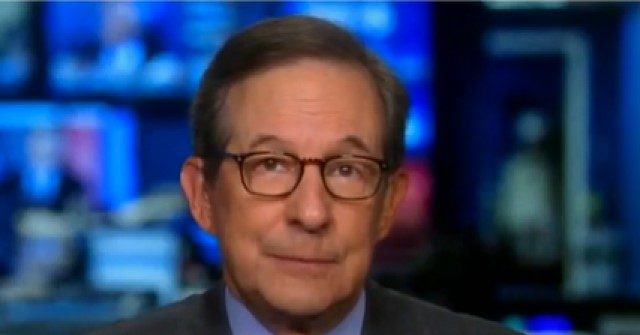On a recent episode of “The Situation Room,” CNN host Chris Wallace discussed the current standing of Democratic presidential nominee Vice President Kamala Harris in the race against former President Donald Trump. He conveyed that her support had “plateaued,” indicating that while her initial campaign momentum was strong, it appears to have stagnated as the election period progresses. Wallace emphasized the importance of engagements by influential figures such as former President Barack Obama, who remains highly popular within the Democratic Party, particularly among younger black voters, a demographic where Harris has shown weakness. He pointed out that Obama’s presence in urban areas is intended to galvanize support for Harris as the campaign heads into critical phases.
Host Wolf Blitzer added to the discussion by highlighting Harris’s current polling numbers, revealing that she has a slim lead over Trump in Pennsylvania at 49% to 46%. However, she faces challenges in other key states like Michigan and Wisconsin, where she is trailing Trump, albeit by margins that fall within the polling error. These states are vital battlegrounds that could significantly influence the election outcome. In addition to her polling status, Harris’s fundraising efforts have been notably impressive; she has raised a staggering $1 billion since securing the nomination, a significant war chest that could be instrumental in her campaign efforts.
Despite this financial advantage, both Wallace and Blitzer noted that insiders from both parties are perceiving that Harris’s campaign momentum has stalled recently. This pause in forward momentum is notable given her earlier successes, including a well-received convention and a strong debate performance. Wallace referenced the comments of a top Republican, who, just a fortnight prior, had suggested Harris might be a slight favorite to win but has since shifted that opinion, reflecting a change in sentiment towards Trump being the candidate likely to prevail.
The analysis points to a pattern where the dynamics of the campaign can shift swiftly, affecting perceptions of viability among candidates. This situation underscores the importance of ongoing public engagement and strategic campaigning in critical demographics that Harris has had difficulty connecting with, particularly among younger black men and non-college educated white voters. These demographic groups are essential for building a broad coalition that could lead Harris to victory in the election.
As the campaign continues, the roles of prominent Democratic figures become crucial in helping Harris strengthen her appeal in these areas. The deployment of key figures like Obama and former President Bill Clinton speaks to a coordinated effort to address potential weaknesses in Harris’s support base. Such strategic moves illustrate an acknowledgment within the party that reinforcing Harris’s image and outreach is necessary to maintain competitiveness against Trump, especially in states considered pivotal for the upcoming election.
In conclusion, the assessment of Kamala Harris’s campaign highlights a complex interplay of support dynamics, fundraising capabilities, and the strategic involvement of established party figures. As the election approaches, addressing her plateaus and enhancing voter connection in essential demographic segments will be critical in determining her overall electoral success. The fluid nature of public opinion in presidential races means that overcoming these challenges could ultimately define the trajectory of her campaign moving forward.

